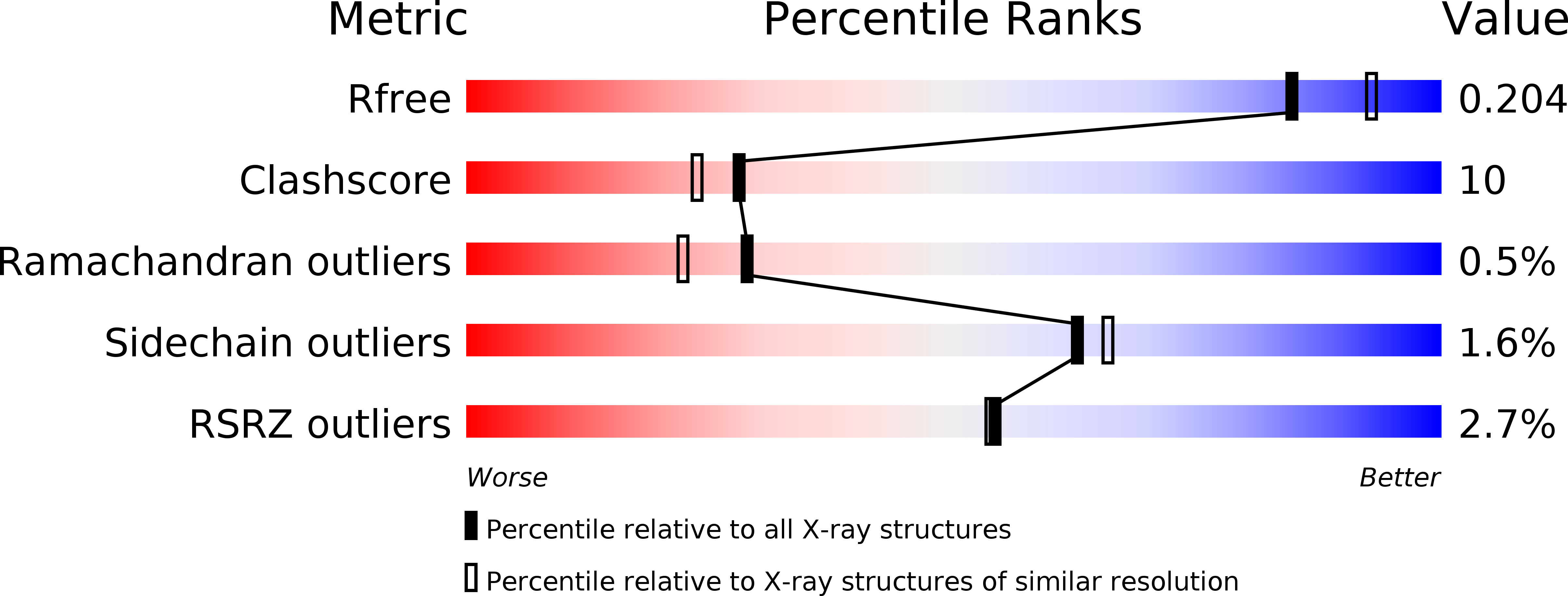
Deposition Date
2011-11-16
Release Date
2012-02-22
Last Version Date
2023-09-13
Method Details:
Experimental Method:
Resolution:
2.02 Å
R-Value Free:
0.21
R-Value Work:
0.18
R-Value Observed:
0.18
Space Group:
P 1


